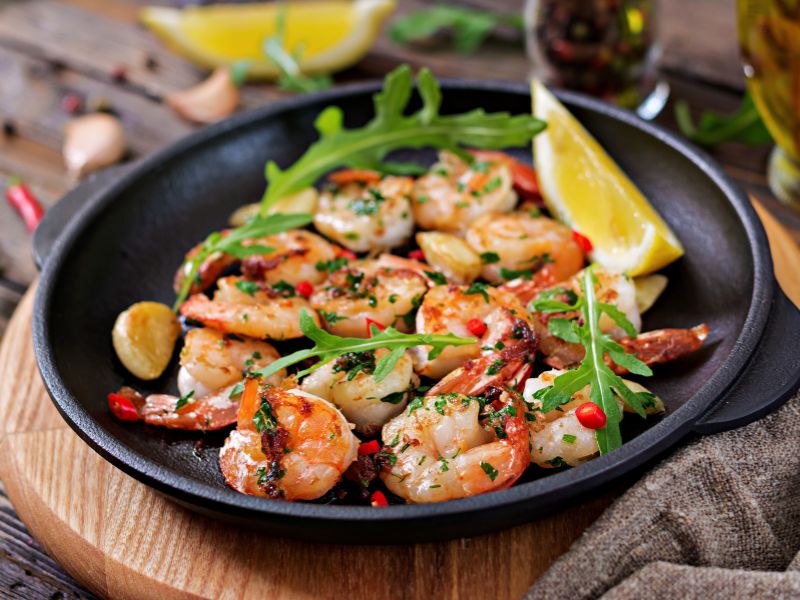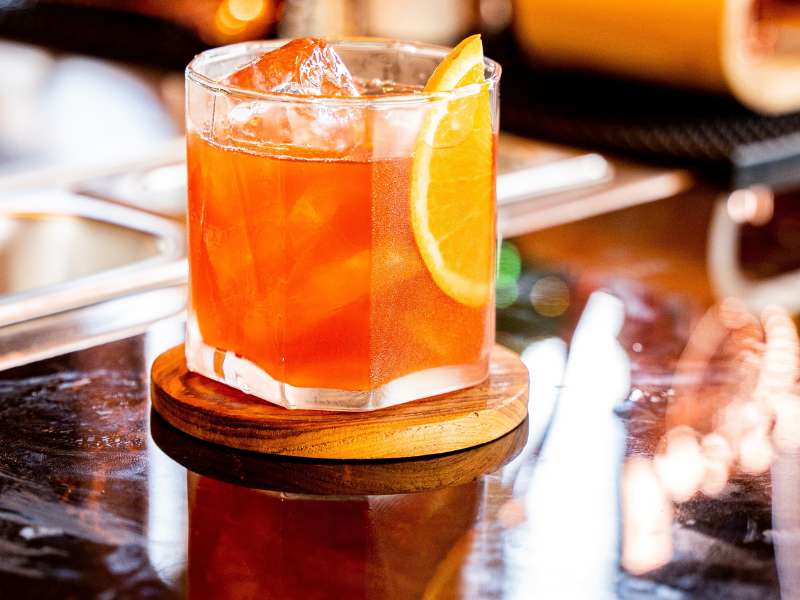Classically trained chef David McGurn has worked his way around every corner of the restaurant biz. From scrubbing dishes as a kid at his father's restaurant, to entering the world of fine dining, to owning bars and restaurants of his own, to running a culinary school.
Now, as a culinary expert for Performance Foodservice-Florence out of South Carolina, his passion lies in helping find success for area operations — whether they're a mom-and-pop pizza joint, a convenience business, or a fine-dining establishment.
I chatted with Chef David to get his take on how to maximize the wow factor this upcoming season while still keeping food costs manageable.
Tip #1: A smaller yet more exciting menu
"A smaller menu allows more focus on quality ingredients, quality preparation, not to mention inventory control," McGurn said. While it can be difficult to let go of certain menu items, you can make the impact less painful by adding value to what you do decide to leave on the menu.
"Say you've got a great cheeseburger," the chef explained, "it's got a good bun, a good blend of beef, but what if you create some kind of experience tableside that makes that burger stand out? Whether it's some Raclette cheese melted over the top when it gets placed in front of them, or, you know, there's a sizzle platter of bubbling queso with jalapenos in it… it just creates some kind of excitement, and the impression that this is going to be amazing."
Especially when considering economic conditions, creating a value add-on either through new dishes or the presentation of old dishes makes the experience way more palatable.
Tip #2: Work with lesser-known cuts of meat
"If you think about it, there are only so many cuts," McGurn said, "and that hasn't changed in hundreds and hundreds of years." So, he explained, we're not necessarily going to reinvent the wheel, and we don't even need to. "There are cuts that are lesser-known — that come out to a lesser expense to the operator — that can be utilized.
"Take our pre-cooked West Creek® Beef Chuck Short Ribs," McGurn suggested. "That comes fully cooked. It's portioned, it's consistent in quality. The portion sizes are all the same. There's zero waste, and there's zero labor aside from heating and plating. So now that you didn't have to focus all that time and energy on cooking it, maybe you come up with some kind of a nice speed-scratch sauce using the drippings from the short rib.”
“Add a little bit of our Asian Pride® Hoisin Sauce and a little bit of Szechuan caramel syrup and reduce that. Top it with some West Creek frizzled onions, some Peak Fresh Produce® microgreens, and you've got a pretty cool looking plate."
Tip #3: Use quality, prep-saving items to help with labor
“When we're talking about fine dining,” McGurn said, “that's a segment that relies heavily on talent.” And we recognize that not every restaurant has access to that labor market.
"So, if you could use some of these real high-quality, prep-saving items, it doesn't take away the chef's creativity. You could still create crazy sauces. You can impart smoke to them. You can … create all these textural nuances to a dish and still make it just as exciting."
"One of our best-selling items is Bay Winds® Faroe Islands North Atlantic Salmon," McGurn explained. "It comes frozen, you know, but it's processed immediately to ensure that great fresh taste, and it's consistent all year long."
Or deploy Nature's Best Dairy® butter sautéed with Peak Produce fresh parsley and chives in a pan to brown, and you will have an elevated plate perfect for holiday presentations that takes very little labor.
Tip #4: Rework your buffets
Protein volatility may have you re-thinking your inventory, but you can still serve beautiful beef dishes at your buffets. "There's a steak called a Manhattan Steak, where you split a [Braveheart® Angus Strip] Steak lengthwise in half, so you end up with a much more smaller muscle eye,” the chef said, “and it's a little bit more economical producing it that way because it's not utilizing that whole muscle."
Normally at a buffet-type event, it's common to see individual chafing dishes with a vegetable in one, starch in one, and protein in another. But McGurn said you can actually better manage protein usage if you combine all of the items into portioned-out servings in the chafing dishes.
"Say you're serving a slow-roasted smoked pepper turkey," he said. "Why not have a little grouping of a seasonal root vegetable blend, some of the stuffing, all in the same dish so that as [guests] are building their plates, all these other components are going on there — as opposed to them just rushing to the protein pans and grabbing all of that because that comes at a pretty big expense."
"If you're creative, and you're thoughtful about it," McGurn said, "you can create a great fine-dining experience in a cost-conscious setting."



